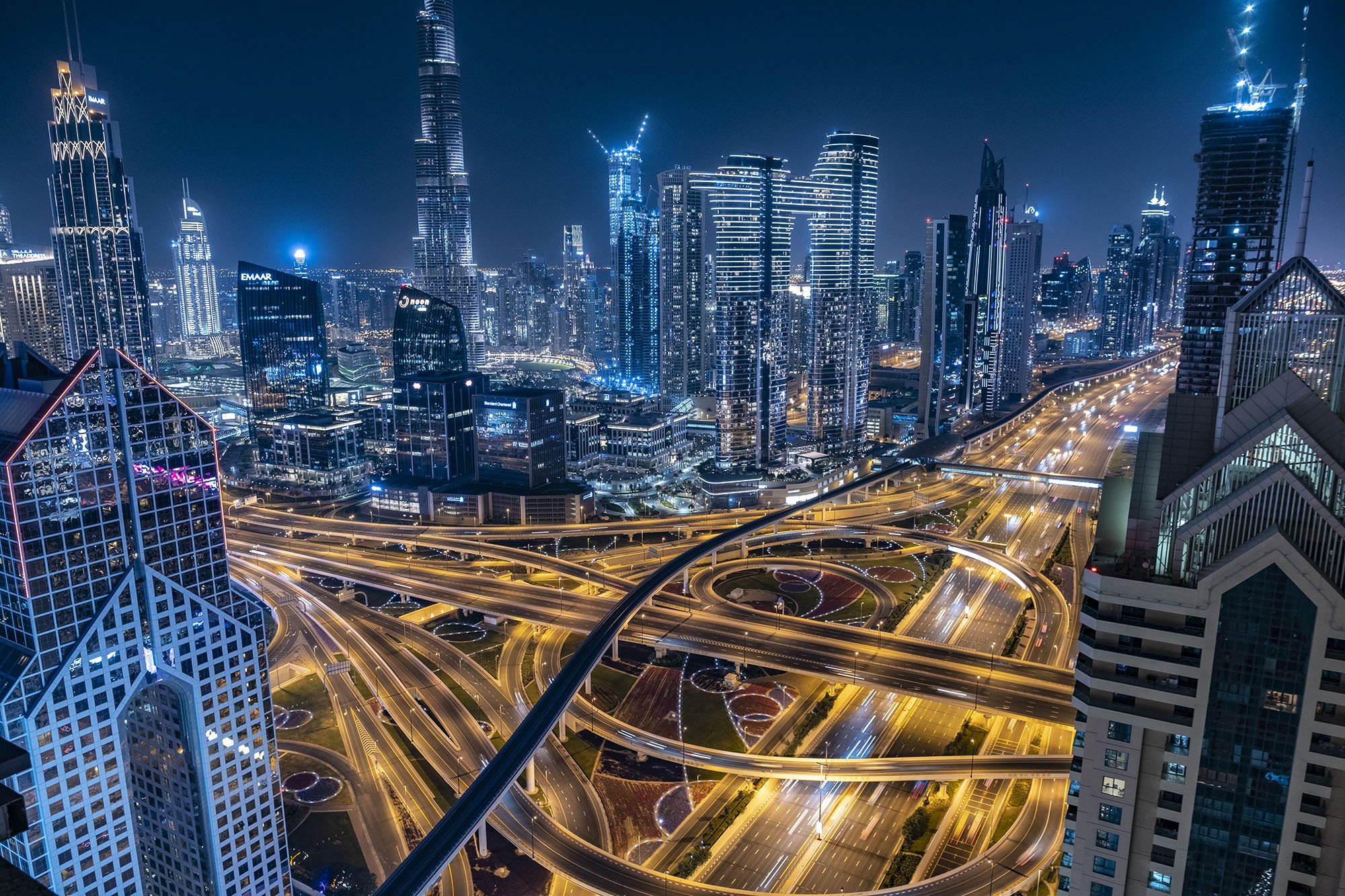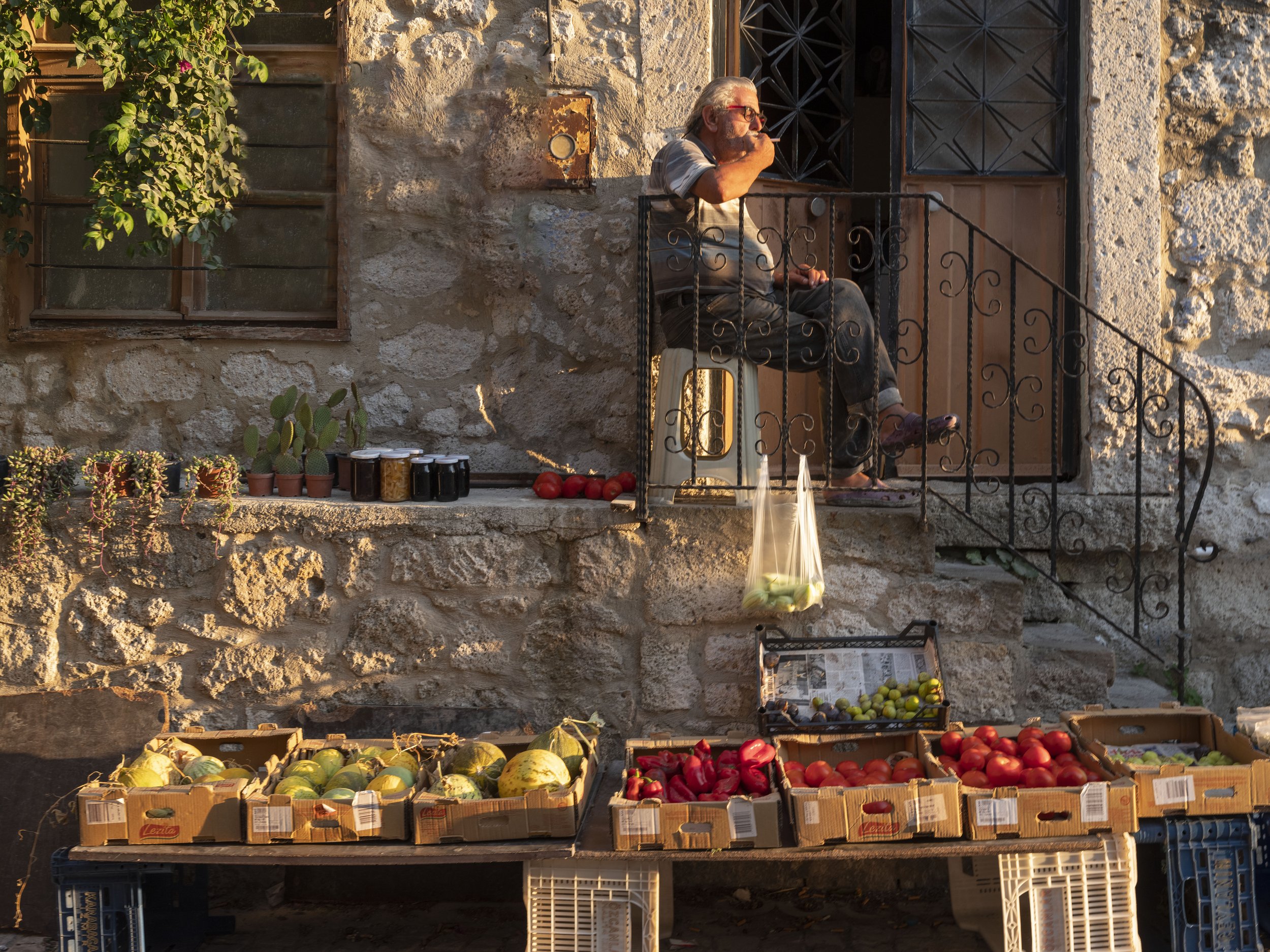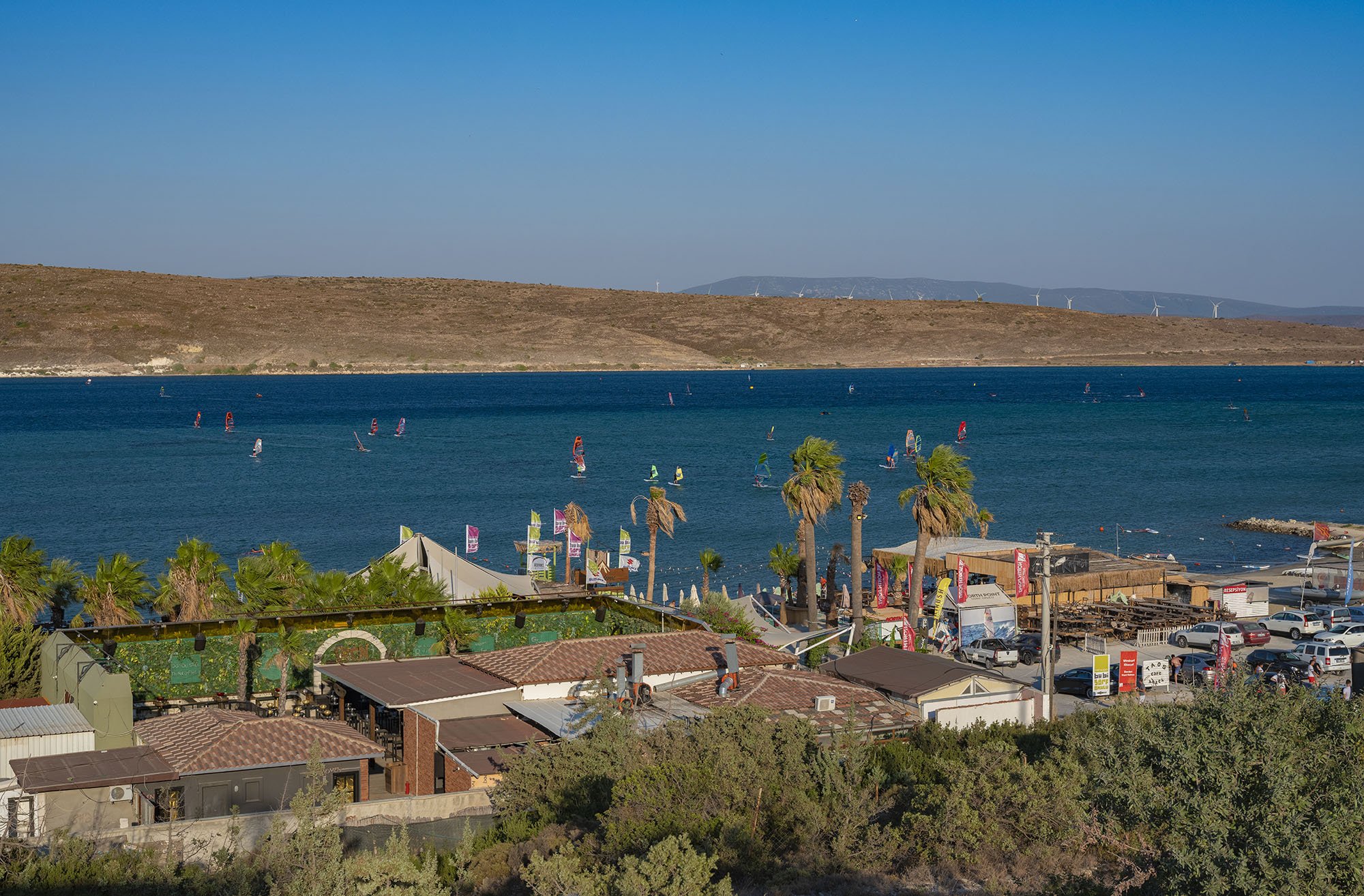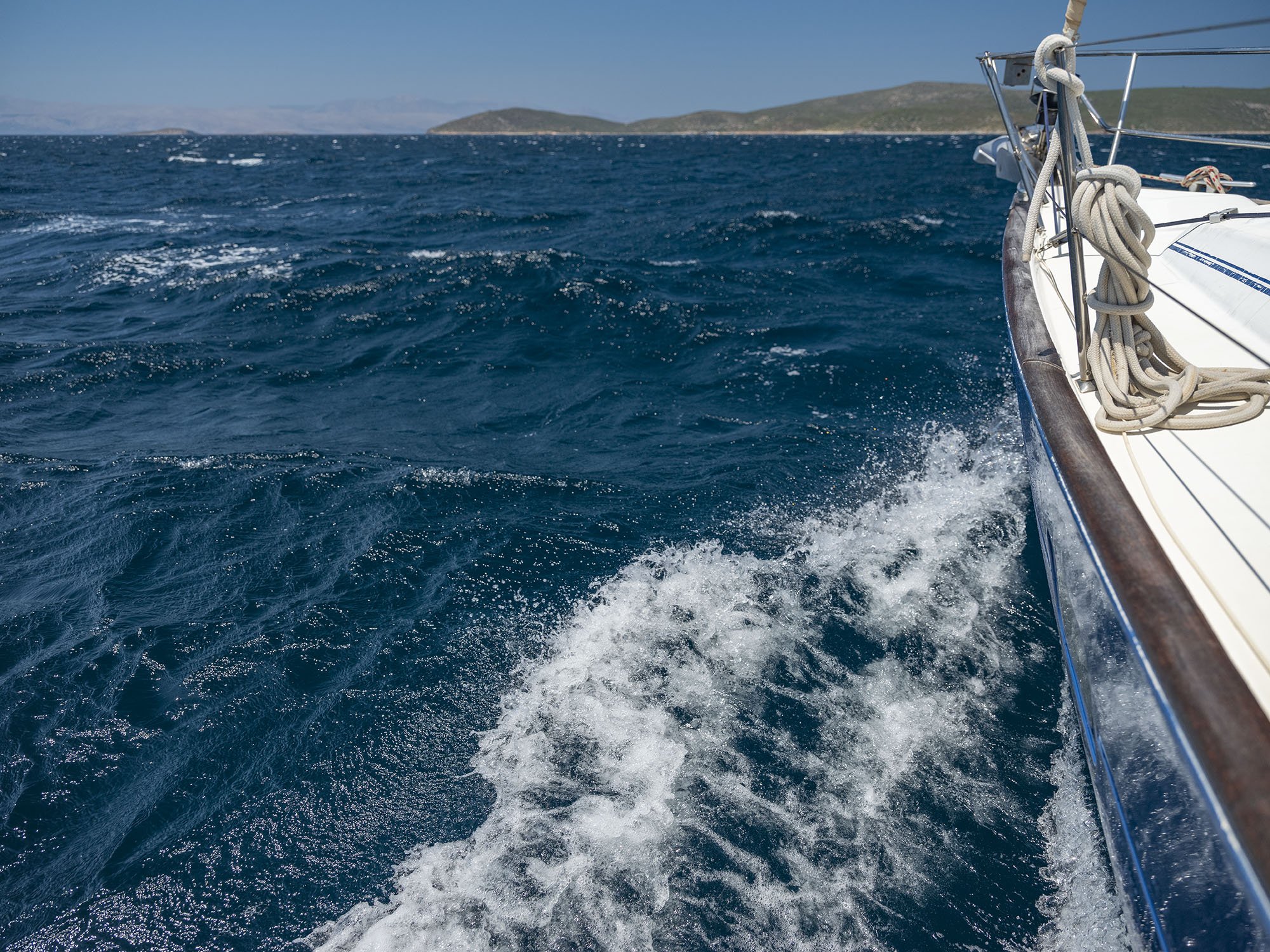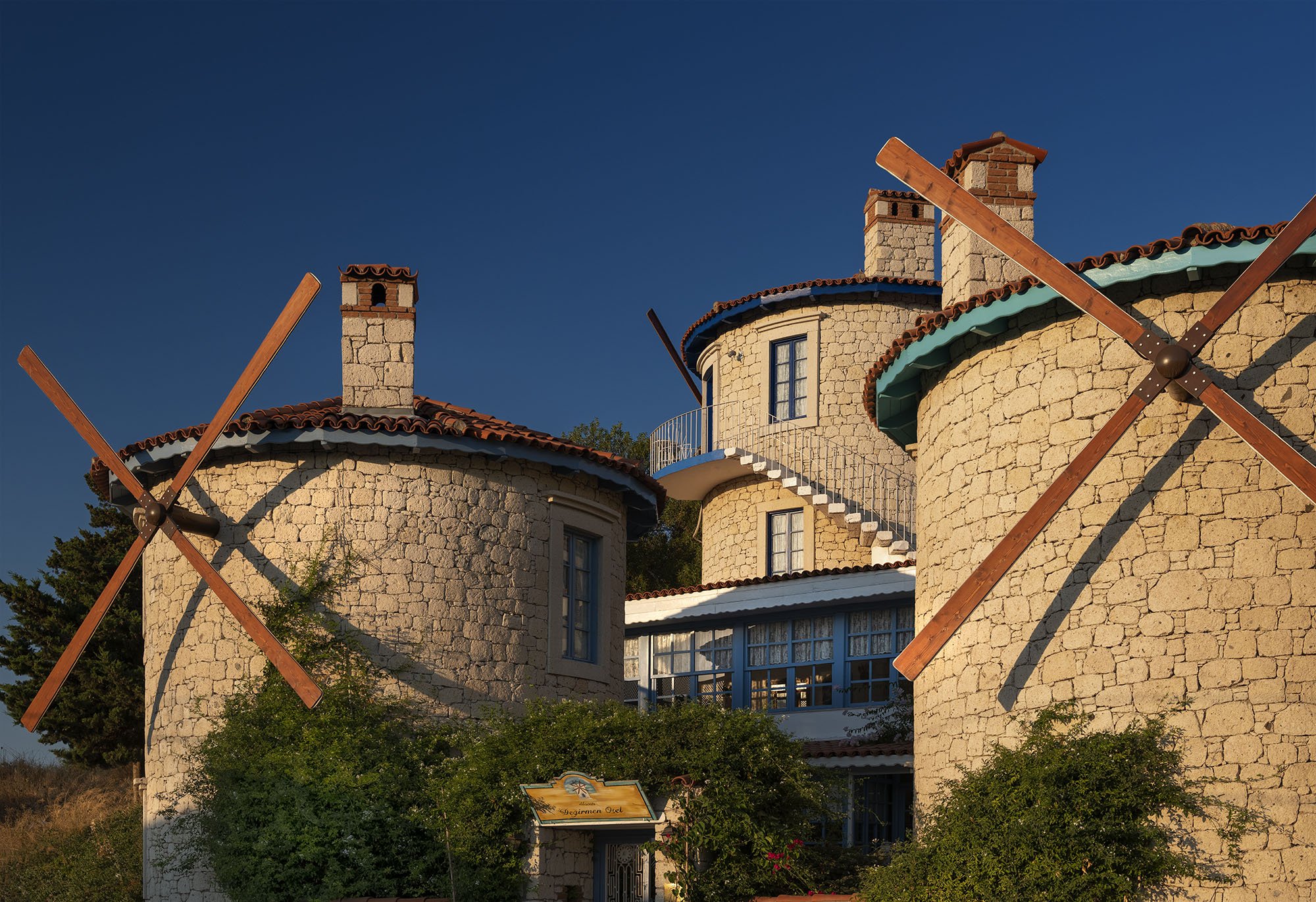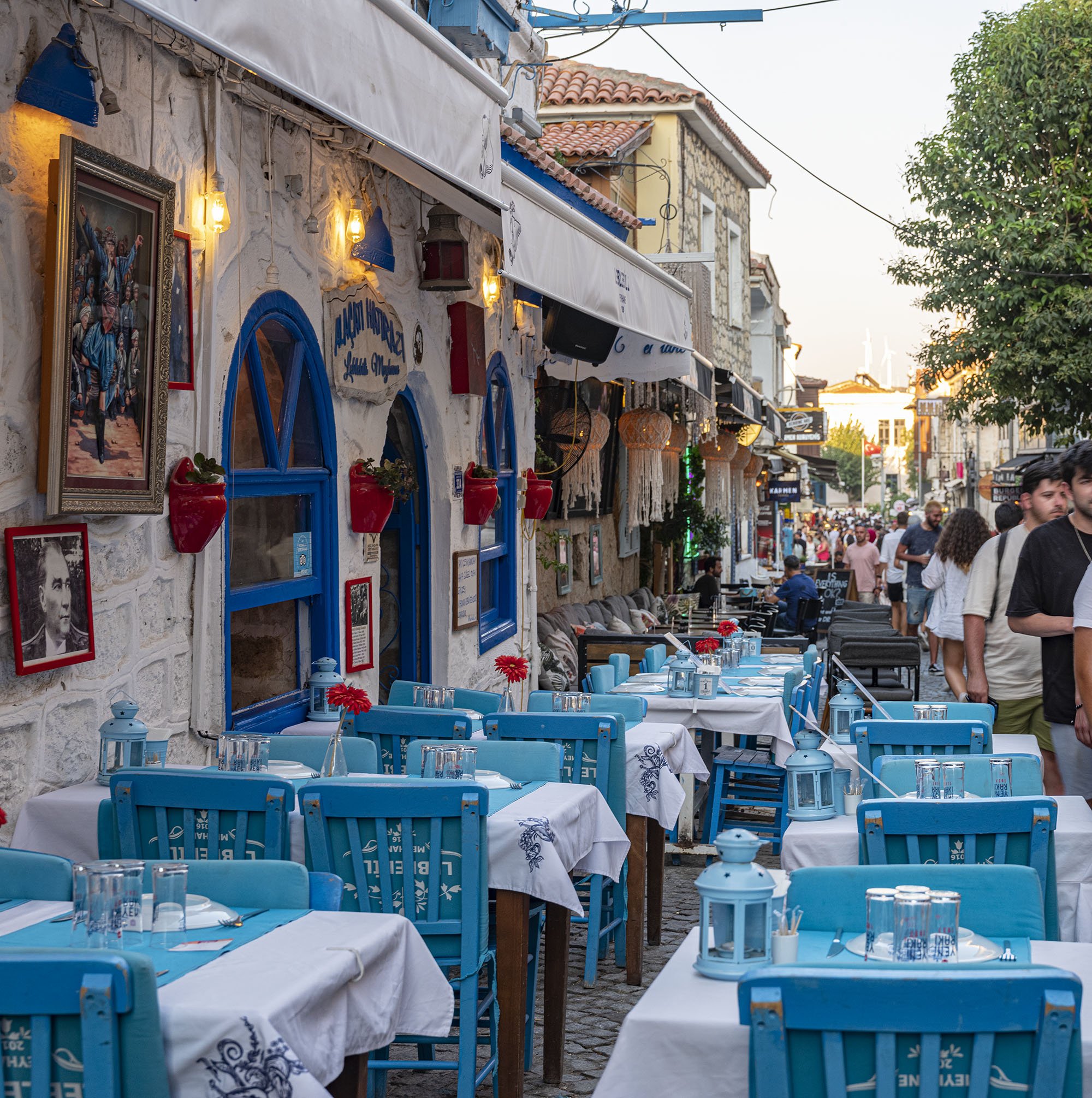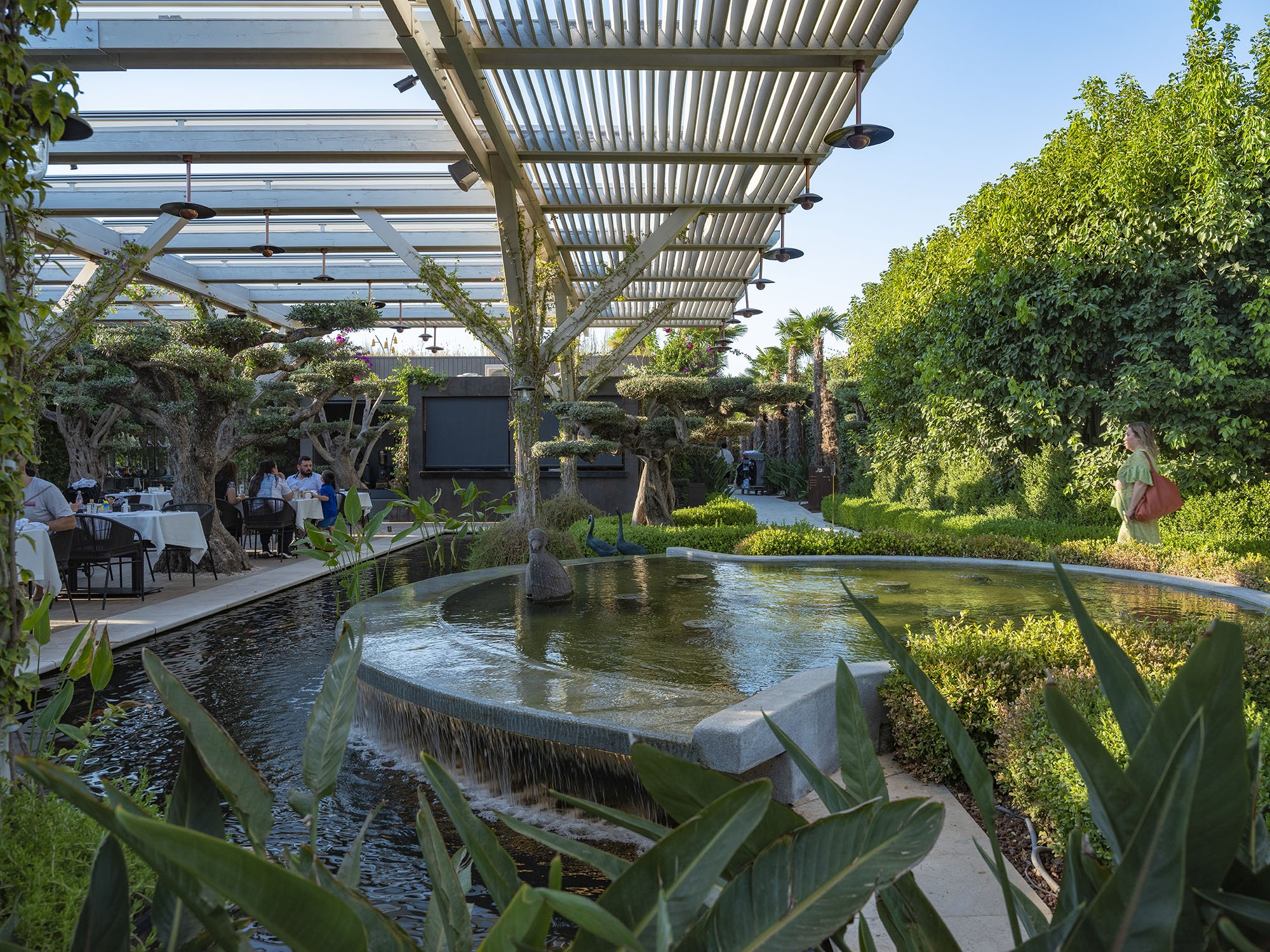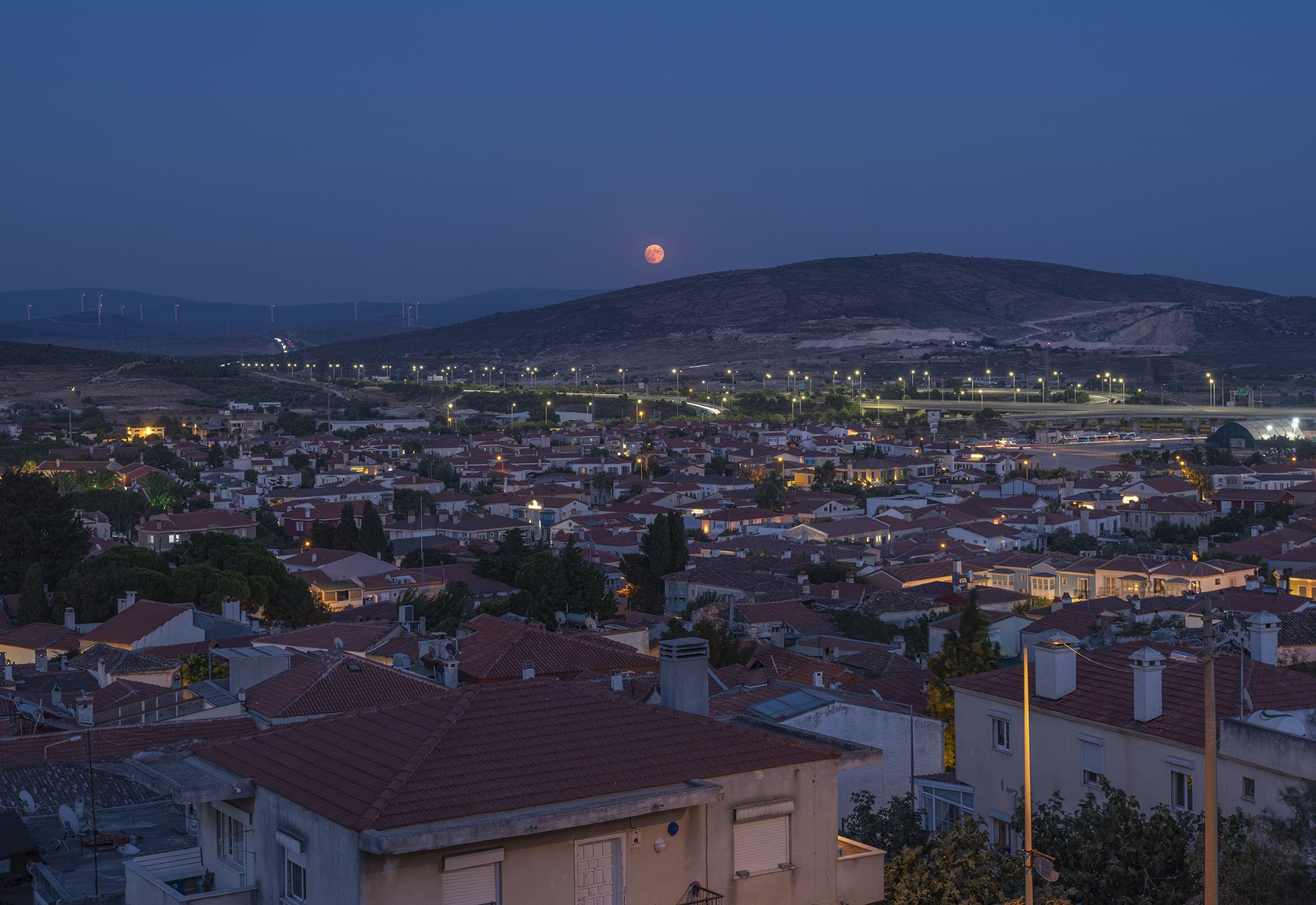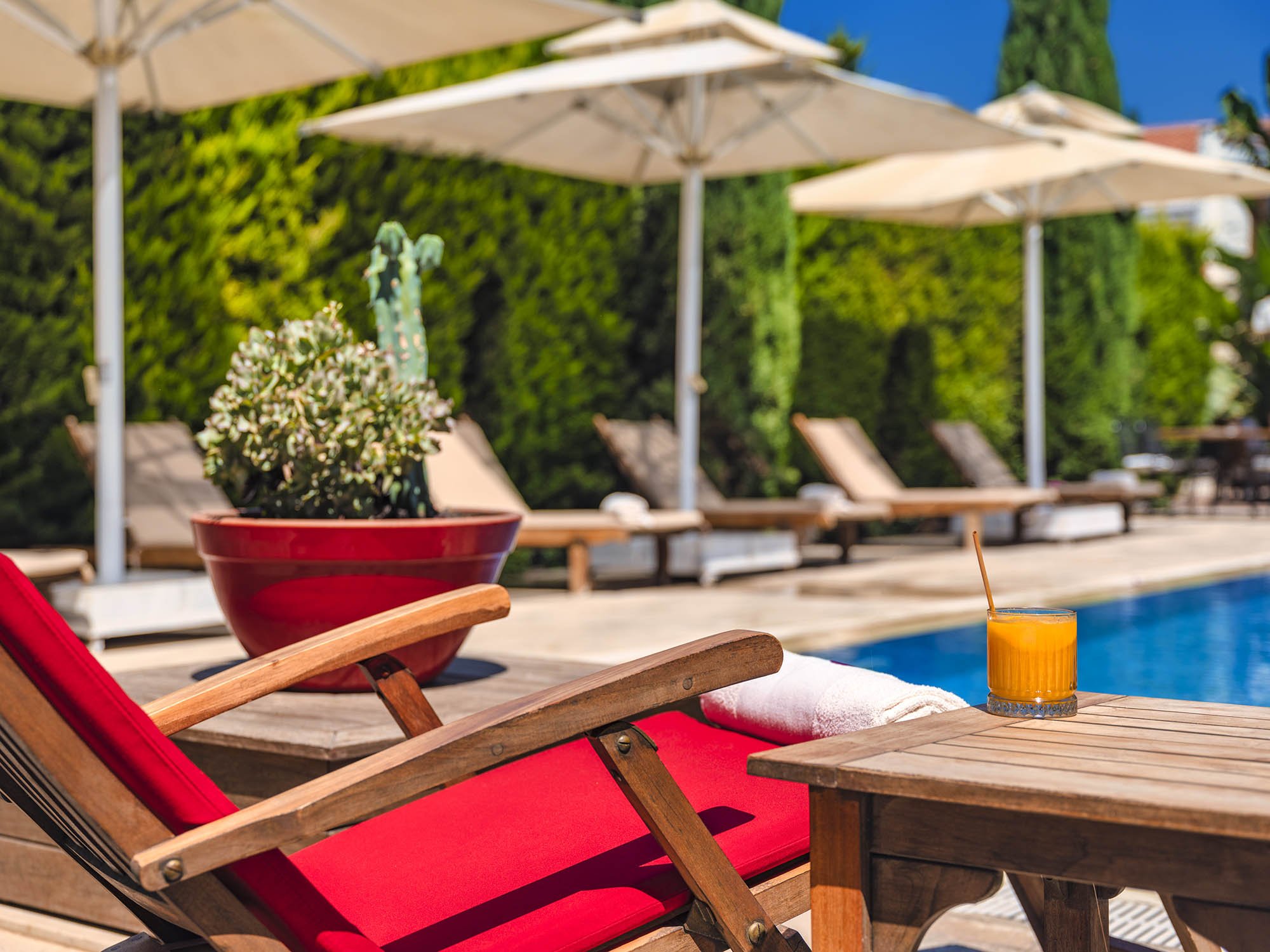there are many REASONS
why time-lapses look better than regular video and this difference is particularly apparent at night, in the city. Let me explain why.
DEFINITIONS AND BENEFITS OF TIME-LAPSE CINEMATOGRAPHY
There are several reasons why a time-lapse video of a city at night deals a heavier punch than a standard video of the same subject. One of the key explanations is the fact that a time-lapse can capture a longer period of time in a compressed format, which can produce a sense of movement and change that is not as obvious in a standard video.
A time-lapse allows a larger range of motion and activity, including shifting traffic patterns, people moving through the streets, and changing illumination of buildings and landmarks. For the viewer, this may result in a more varied, dynamic and compelling visual experience that is difficult to capture and replicate with a video camera.
Time-lapses taken at night often outperform traditional videos because they can catch how the light changes throughout the day. A regular video clip will often have consistent illumination from start to finish. As dusk approaches and city lights come on, the illumination will change in a time-lapse, and that is one of the reasons why time-lapses rarely fail to impress.
but that’s just half of it!
Wider apertures and longer exposure periods are frequently used to capture time-lapses. This makes it possible to capture more light, which produces brighter photographs. Nighttime time-lapses of the city also appear more vivid since they frequently contain a broader variety of light sources. Last but not least, time-lapses are captured as a series of high-resolution, 16-bit RAW still photographs with a superior dynamic range and little noise. As a result, the artists enjoy the advantages of creative freedom. Their time-lapses suffer very little loss in image quality when using post-processing techniques.
In conclusion, time-lapse films have the ability to render the mundane world around us with crystal clarity, as a spectacle of dancing, vibrant lights. Time-lapses are exciting. Regular video on the other hand? Not so much.
Here’s a comparison of two still frames. On the left side is a frame extracted from a time-lapse sequence. On the right, a frame from a regular video. What is instantly apparent is how much brighter the time-lapse image appears. There are no black zones in the image where you can’t make out the detail. The colours are punchy, vivid and varied across the frame. Every type of light source has a distinct quality and tone. Cars have lovely motion streaks. The whole time-lapse scene appears alive, compelling and inviting.
The frame on the right side was extracted from regular video. It appears, well, regular. It’s mostly dark and quite dull. Video lacks the dynamic range to resolve the details in the dark areas of the image. There’s a very little variety when it comes to colours. The image is mostly yellow. There’s no real sense of motion or life. It’s kind of forgettable.
The difference between the two ways of shooting and featuring a scene is not subtle at all. The video footage captured with Fujifilm X-T3 is nice, don’t get me wrong. But it’s not exciting or special. On the other hand, motion-controlled time-lapse shot with the Fujifilm GFX100 is lively scene, combining an explosion of colours and a choreographed dance of cars and construction cranes. Time-lapse and regular videos are two different worlds, galaxies apart.
Time-lapse film featuring vistas of Dubai, captured from the penthouse on the 42nd floor of ‘Avani Palm View Dubai’ hotel and residence.
I hope you found this blog post useful, even enlightening. Owing to the advent of digital photography, time-lapse cinematography is one of the most exciting, niche filming techniques to have emerged in the past 15 years. But we all know how fast the technology is moving forward. It’s only going to get better form this point onward.
Do leave your comment below and please subscribe to my monthly newsletter. I promise not to spam you! :)


